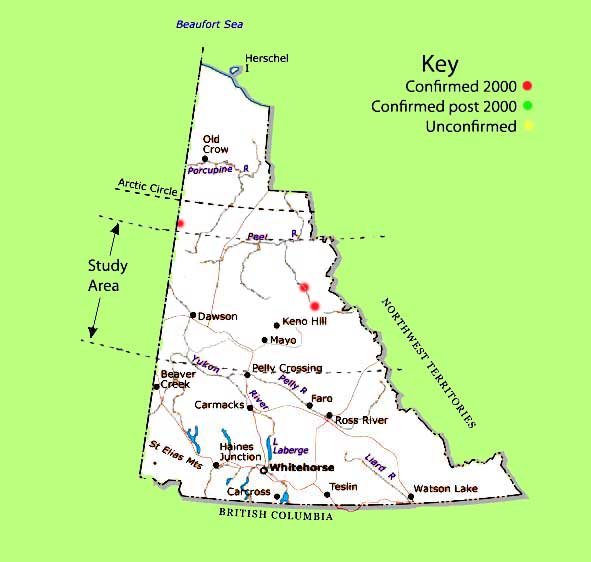Cypripedium calceolus : Yellow Ladys Slipper
Taxonomy | Description | Biology | Ecology | Uses | Images | Range Maps
Taxonomy |
Scientific Name:Kingdom: Plantae Division:
Class: Monocoteldonae (one seed-leaf) Family: Orchidaceae (Orchid Family) Genera: Cypripedium (Lady's Slipper) (Gk. Kypris=Venus, godess of love + podion=a slipper, referring to the shape of the flower) Species: calceolus (Latin for small shoe) Synonym(s): C. parviflorum English Name(s):Yellow Ladys Slipper, Noah's Ark, Moccasin Flower, Venus' Shoe First Nation Names:
|
Description |
Structure:
Leaves:
Reproductive Parts:
Seed:
Not to Be Confused With:
|
Biology |
Physiology:
Life Cycle:
Seasonal Cycle:
|
Images |
|
Full bloom |


